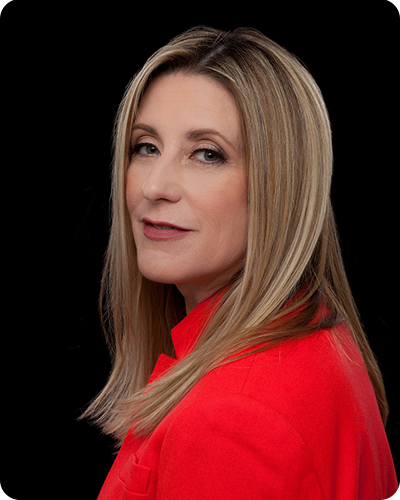July is disability pride month.
This means a great deal to me because, for the first time in my life, I am disabled. I developed a debilitating and chronic post-viral condition after contracting COVID-19. My life has changed dramatically and has become, well, unrecognizable to me. I used to hike, walk, and dance. Go out and meet friends. Travel. Now I use a walker. I have a disabled parking sticker. I struggle to do a lot of things that I used to do.
And I am not the only one.
In Canada, 1 in 5 people have at least 1 disability.
That’s 6.2 million people.
In fact, you probably know someone who is living with a disability or chronic illness.
Did you know:
- Persons with disabilities had an average annual income of about $11,000 less (in 2019) than persons without disabilities.
- Persons with disabilities have higher costs that limit their ability to save for the future.
- Working-age persons with disabilities are twice as likely as their peers without disabilities to be in poverty.
- 59% of persons with disabilities are employed compared to 80% of persons without disabilities.
- 50% of persons with disabilities reported experiencing barriers that limit their ability to move around public buildings and spaces.
See more data from Stats Can
Disability is a tricky word. According to the dictionary, disability is:
- lack of adequate power, strength, or physical or mental ability; incapacity.
- a physical or mental handicap, especially one that hinders or prevents a person from performing tasks of daily living, carrying out work or household responsibilities, or engaging in leisure and social activities.
- anything that disables or puts one at a disadvantage.
To me, all these definitions signify less than or a deficiency, weakness, and incapacity. These definitions are not helpful and are not altogether accurate. They tell only part of the story. And they tell it from an ableist perspective.
What is ableism?
“Ableism is the discrimination of and social prejudice against people with disabilities based on the belief that typical abilities are superior. At its heart, ableism is rooted in the assumption that disabled people require ‘fixing’ and defines people by their disability.”
Discrimination, exclusion, and ableism add up to many challenges and barriers for people living with a disability, contributing to:
- negative perceptions about what a person with a disability is able to do
- buildings, workplaces, and work tools that are not accessible
- systemic barriers like rules and practices that exclude and discriminate
Living with a disabling chronic illness
“Why are you fine one day and not another, they ask. I am, in fact, not fine one day. One day my symptoms are manageable, and I am functional, and on other days, they are not, and I am not.”
“On days when I have not slept well, doing simple tasks (getting up, showering, eating) takes up all my energy. I do the best I can and simply do fewer things when my energy is low. On good days, I have enough energy to do one or two tasks. For example, if I am to prepare a meal, that is the only thing I will do that day because, by the end, I’m exhausted. Simple things like phone conversations sap my energy.”
“I’ve lost friends because they didn’t understand that I have limited energy, and so I would have to cancel plans. I don’t look sick, so it’s hard for people to understand. On the other hand, I am now more careful about who is in my friend group. The people who are in my circle of friends are understanding even though many don’t experience chronic pain.”
“Although chronic pain is part of my living experience, it does not define my life. Pain, whether physical or emotional, is a real issue that needs to be acknowledged. The fact that pain is invisible does not make it any less real for those who experience it. Compassion and a willingness to listen and learn from people living with pain will go a long way.”
“Things people say to me:
- You don’t look sick
- Everybody gets tired
- You should get out more
- You’re just depressed
- You need a more positive attitude
Unfortunately, I’ve experienced this denial of my experience quite often.”
What you can do
Whether you live with a disability or not, everyone has a responsibility to promote equity, diversity, and inclusivity of all people.
It starts with some basic principles:
- Accessibility and living barrier-free is a human right.
- Everyone should have an opportunity to participate and contribute.
If you agree with these principles, there are things you can do. You have taken the first step of becoming an ally simply by paying attention. If you would like to take the next step:
- Learn about the lived experience of people living with disability.
- Familiarize yourself with the issues.
- Raise awareness of accessibility by talking about it.
- Stand up for the principles of equity, inclusion, and social justice.
Resources
Council of Canadians with Disabilities






